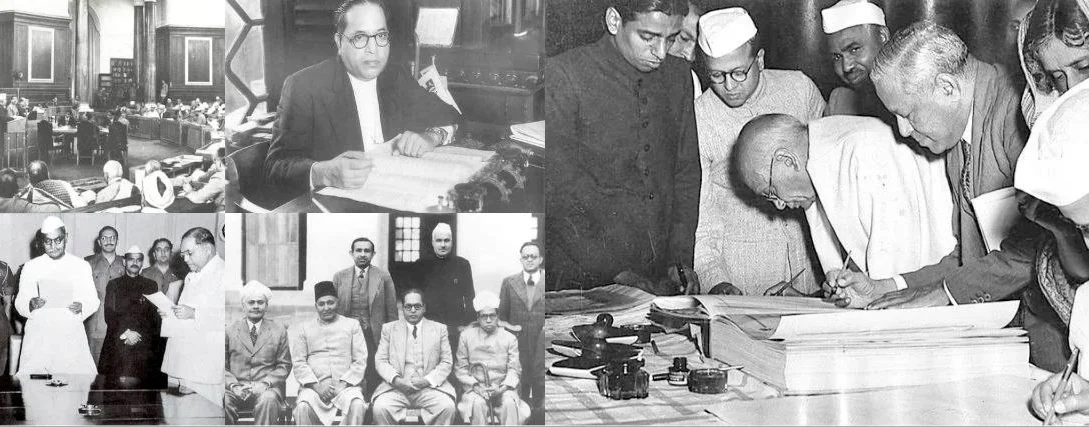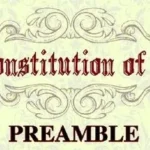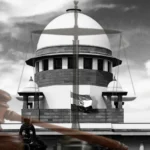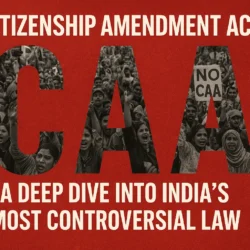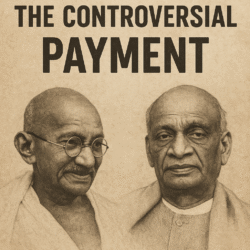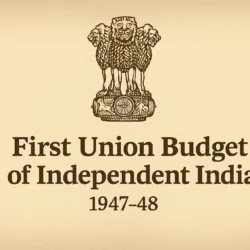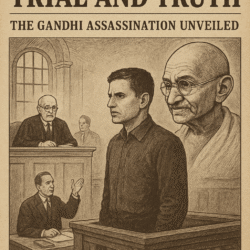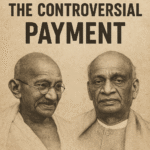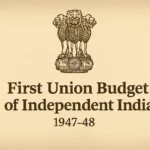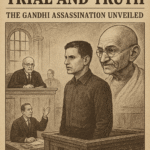The making of the Indian Constitution was a monumental process that laid the foundation of the world’s largest democracy. The idea of a constitution for India was not new; as early as 1934, M.N. Roy advocated the need for a constituent assembly to draft an independent Indian Constitution. The British Government later echoed this need in the August Offer of 1940, which proposed constitutional reforms for India.
By the recommendations of the Cabinet Mission Plan, elections were held in July 1946 to constitute a Constituent Assembly. This body would be responsible for drafting the Constitution of independent India. A total of 296 representatives were elected from British India, while 93 were nominated from the princely states.
Representation in the Constituent Assembly
The Constituent Assembly was inclusive in its composition, representing a wide array of communities, ideologies, and regions. Several representatives were nominated from diverse religious, social, and ethnic backgrounds:
- Communist: Somnath
- Anglo-Indian: Frank Anthony
- Gurkha: Hari Bahadur
- Scheduled Caste: Dr. B.R. Ambedkar
- Christian: Princess Amrita Kaur, John Mathai
- Muslim: M. Ismail Khan
- Parsi: Minoo Masani, H.C. Modi
- Sikh: Hukam Singh, Baldev Singh
Prominent Women in the Constitution Drafting Process
The Constitution-making process saw active participation from influential women leaders who played significant roles in debates and committee work. Some of the prominent women representatives included:
- Sarojini Naidu
- Sucheta Kripalani
- Hans Menon
- Vijayalakshmi Pandit
- Princess Amrita Kaur
Mysore State Representatives
The princely state of Mysore (now Karnataka) also had active representation in the drafting process. Some of the key members from Mysore included:
- K. Chengalaraya Reddy
- K. Hanumanthaiah
- T. Siddalingaiah
- Krishnamurthy Rao
- Gurudev Reddy
- T. Chennai
- H. Siddhaveerappa
The Formation of Committees
To manage the vast task of drafting a national constitution, 22 specialized committees were formed, each addressing specific aspects of governance, law, and society. Among these, the most significant was the Drafting Committee, which was established following India’s independence on August 15, 1947.
The Drafting Committee and Its Members
The Drafting Committee was chaired by Dr. B.R. Ambedkar, who is widely regarded as the principal architect of the Indian Constitution. The members of the Drafting Committee were:
- Dr. B.R. Ambedkar (Chairman)
- Alladi Krishnaswamy Iyer
- N. Gopalaswami Ayyangar
- K.M. Munshi
- Mohammad Saadullah
- B.L. Mitter (later replaced by N. Madhava Rao after his death)
- D.P. Khaitan (after his death, succeeded by T.T. Krishnamachari)
Advisory Sub-Committees
The Drafting Committee also relied on several advisory sub-committees to deliberate on specialized subjects. These included:
- The Fundamental Rights Sub-Committee
- The Minorities Sub-Committee
- The North-East Frontier Sub-Committee
- The North-West Frontier Sub-Committee
These sub-committees were instrumental in shaping critical provisions of the Constitution related to rights, federalism, and minority protections.
Duration, Sessions, and Drafting Process
The Constituent Assembly held a total of 12 sessions to discuss and refine the draft. The drafting process spanned 2 years, 11 months, and 18 days. During this period, approximately 2,473 amendments were debated and examined. The entire process cost the exchequer around ₹6.5 crore—a significant expenditure at the time.
By February 1948, after thorough reviews and deliberations, the first draft of the Constitution was finalized and presented to the Assembly.
Adoption and Enactment of the Constitution
The Constituent Assembly adopted the Constitution on November 26, 1949. However, the Constitution was brought into force on January 26, 1950. This date was chosen deliberately for its symbolic and historical importance—on January 26, 1930, the Indian National Congress declared Purna Swaraj (complete independence) from British rule. By implementing the Constitution on the same date two decades later, India honored that momentous call for freedom.
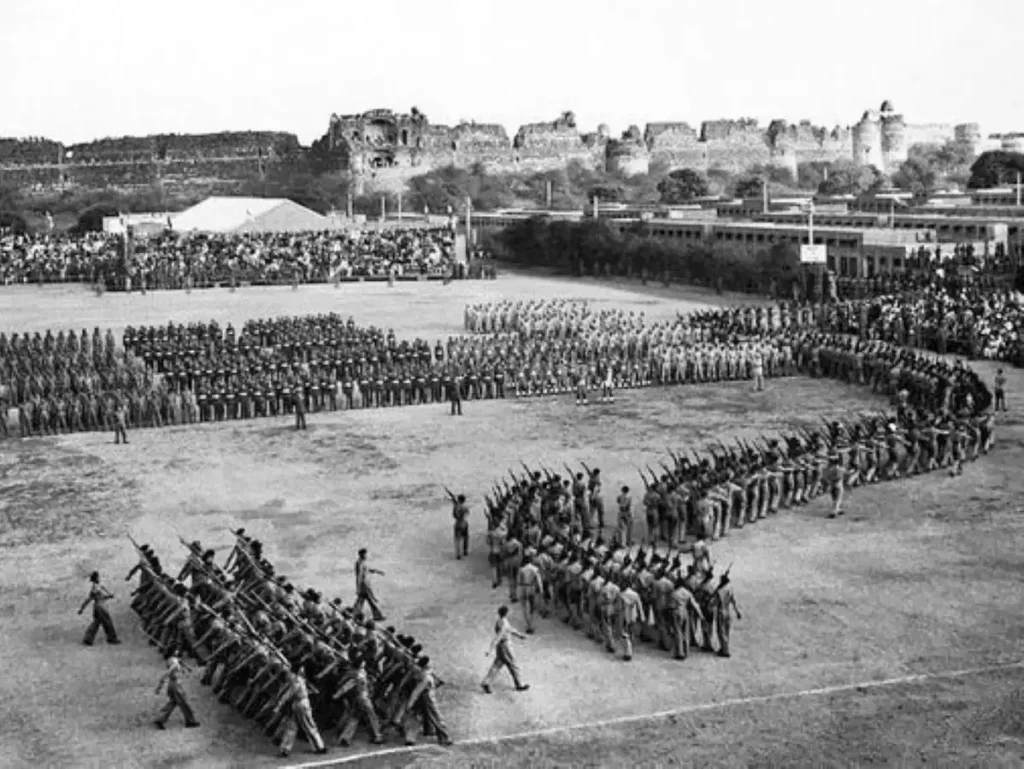
source: The Economic Times
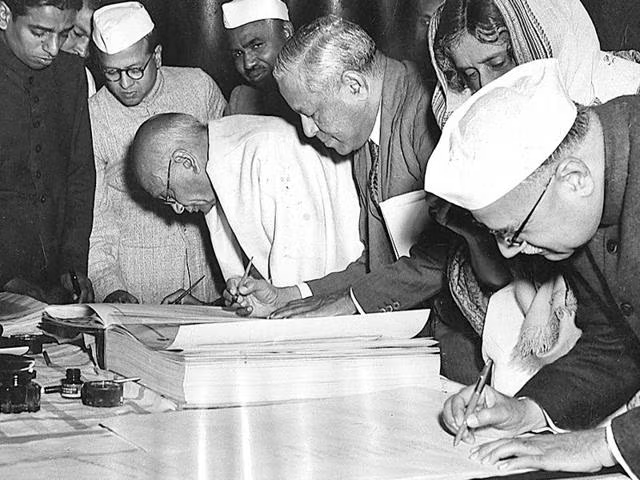
source: Hindustan Times
Conclusion
The Indian Constitution is a living document that reflects the vision, values, and sacrifices of the leaders and people of that era. From its inclusive drafting process to its philosophical underpinnings in democracy, secularism, and justice, it continues to guide the Indian republic. The role of the Drafting Committee, under the leadership of Dr. B.R. Ambedkar, was central to giving India a Constitution that remains one of the longest and most detailed in the world.
